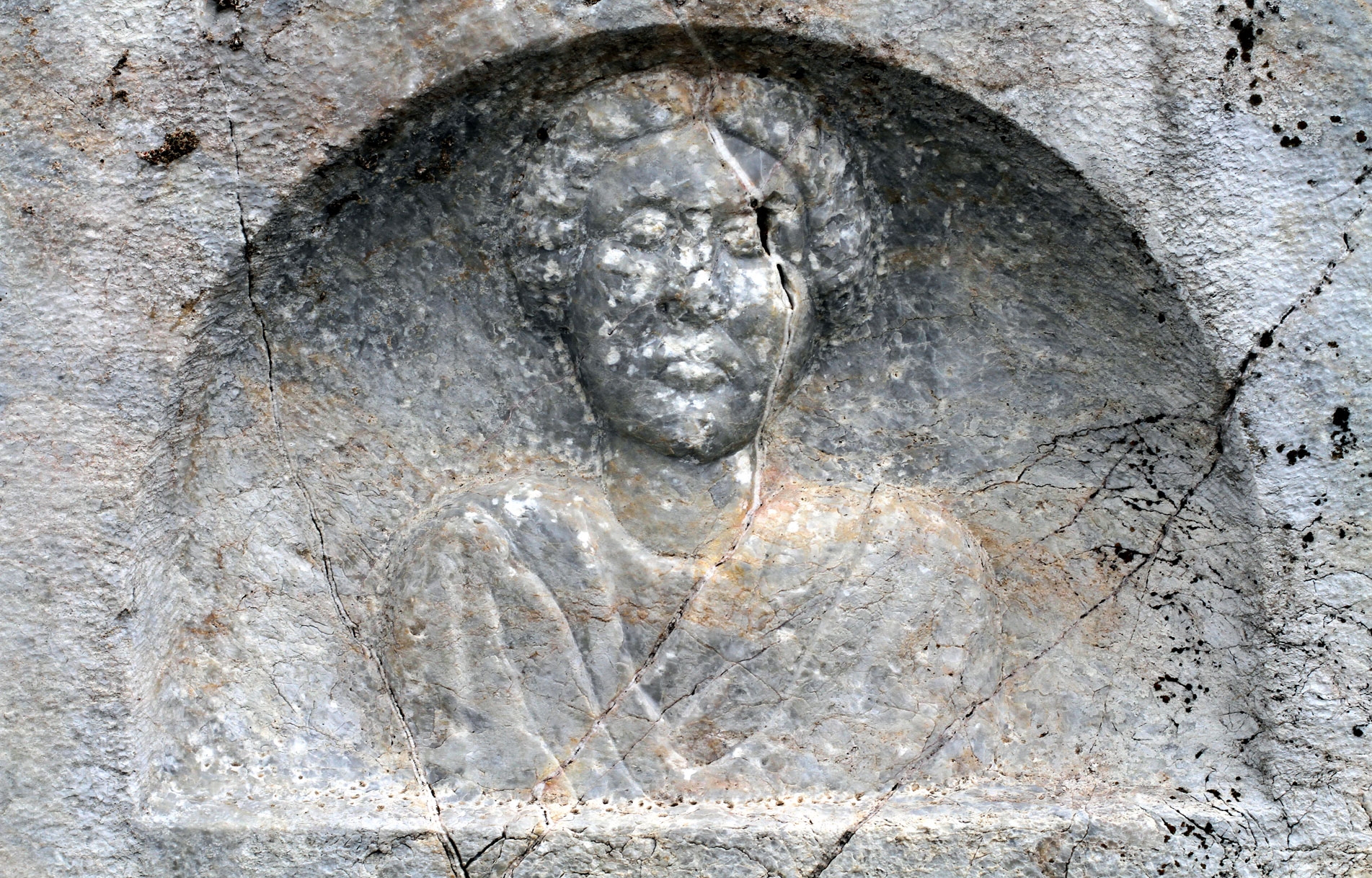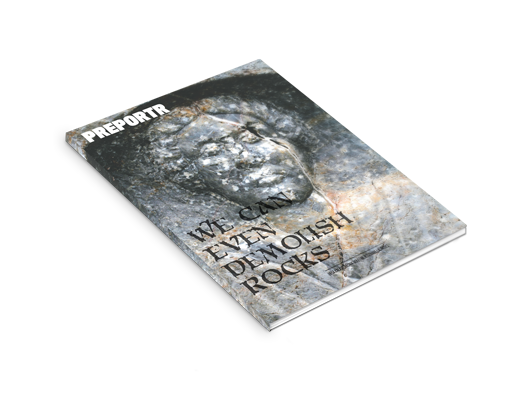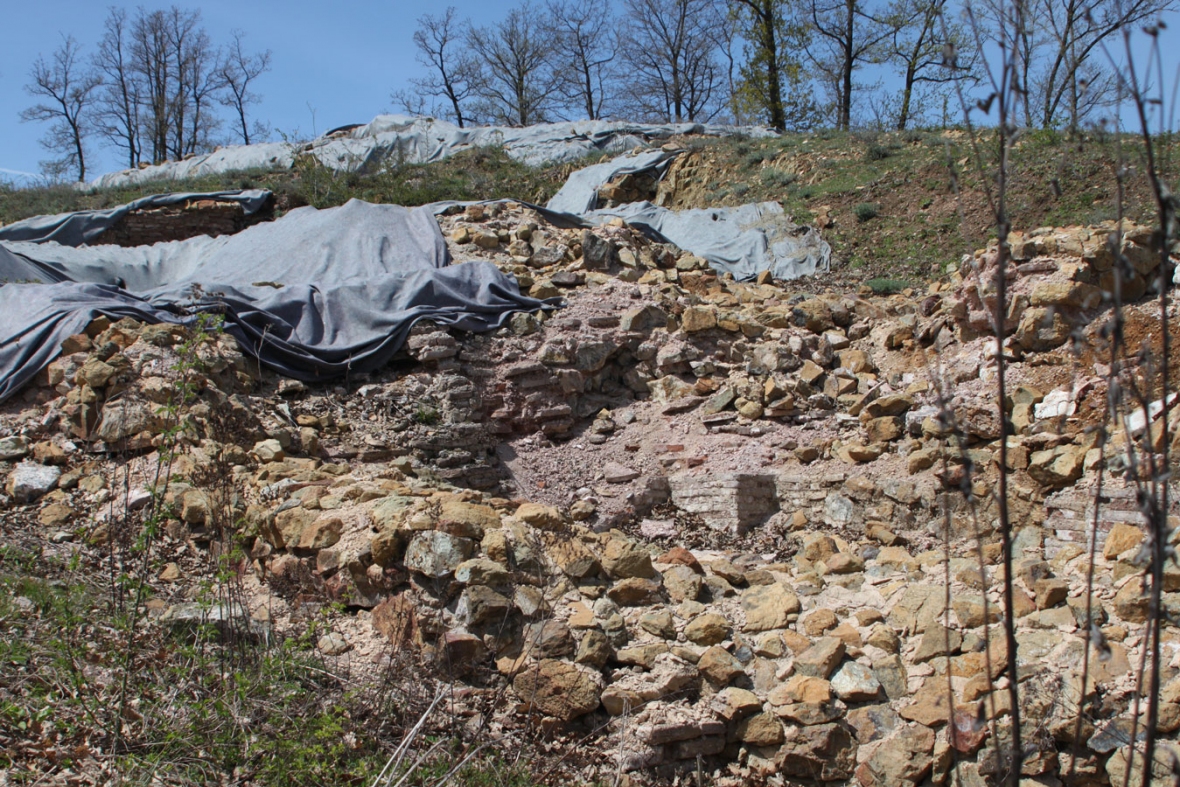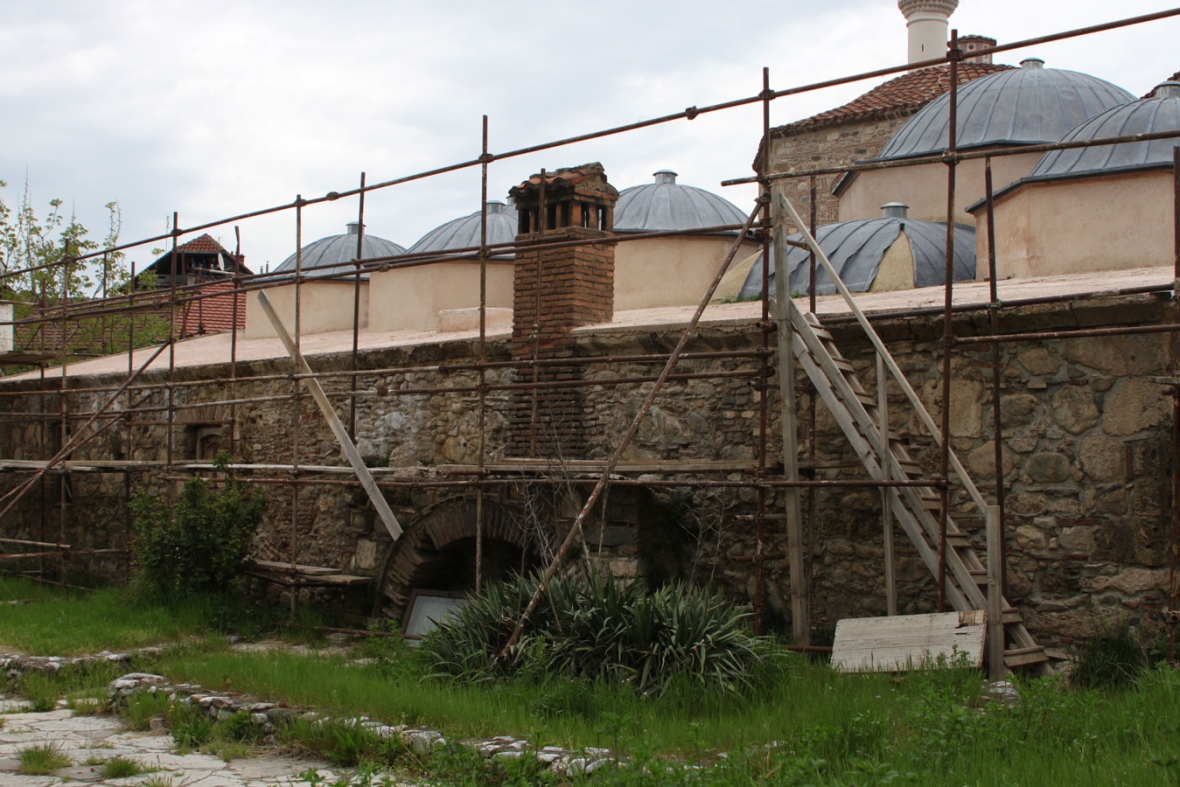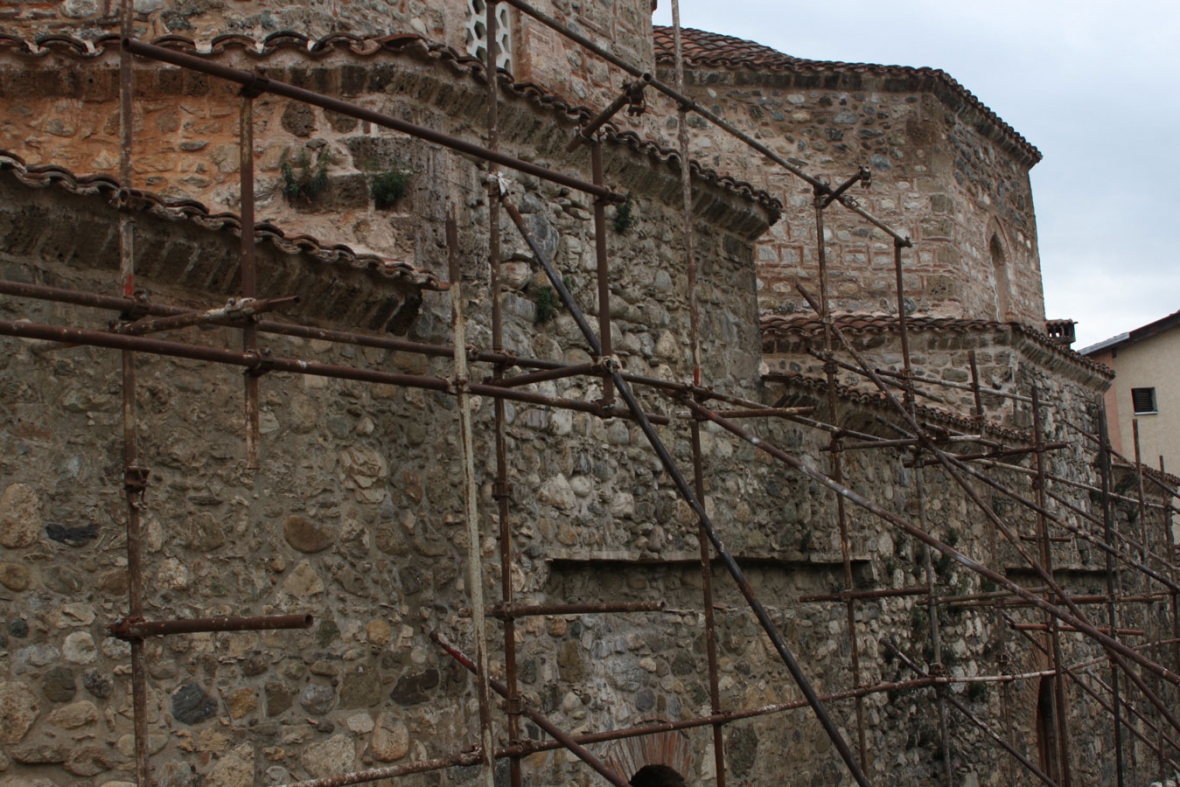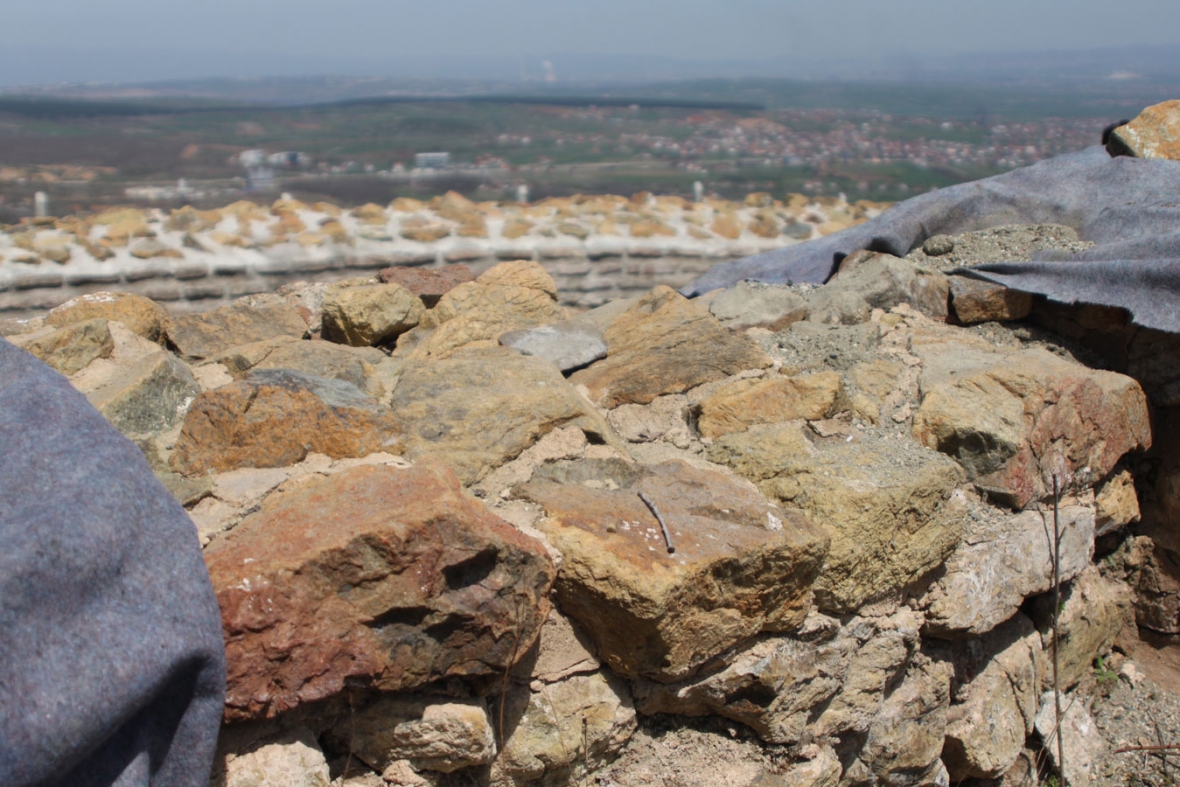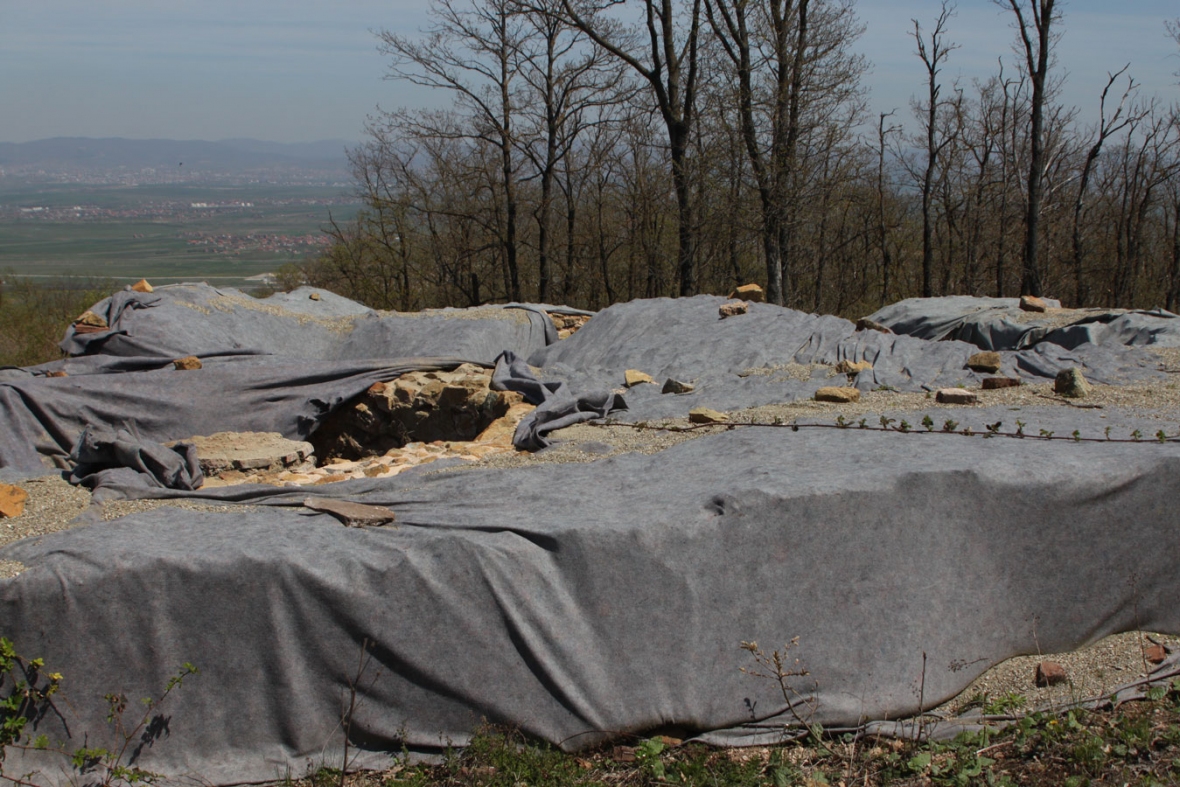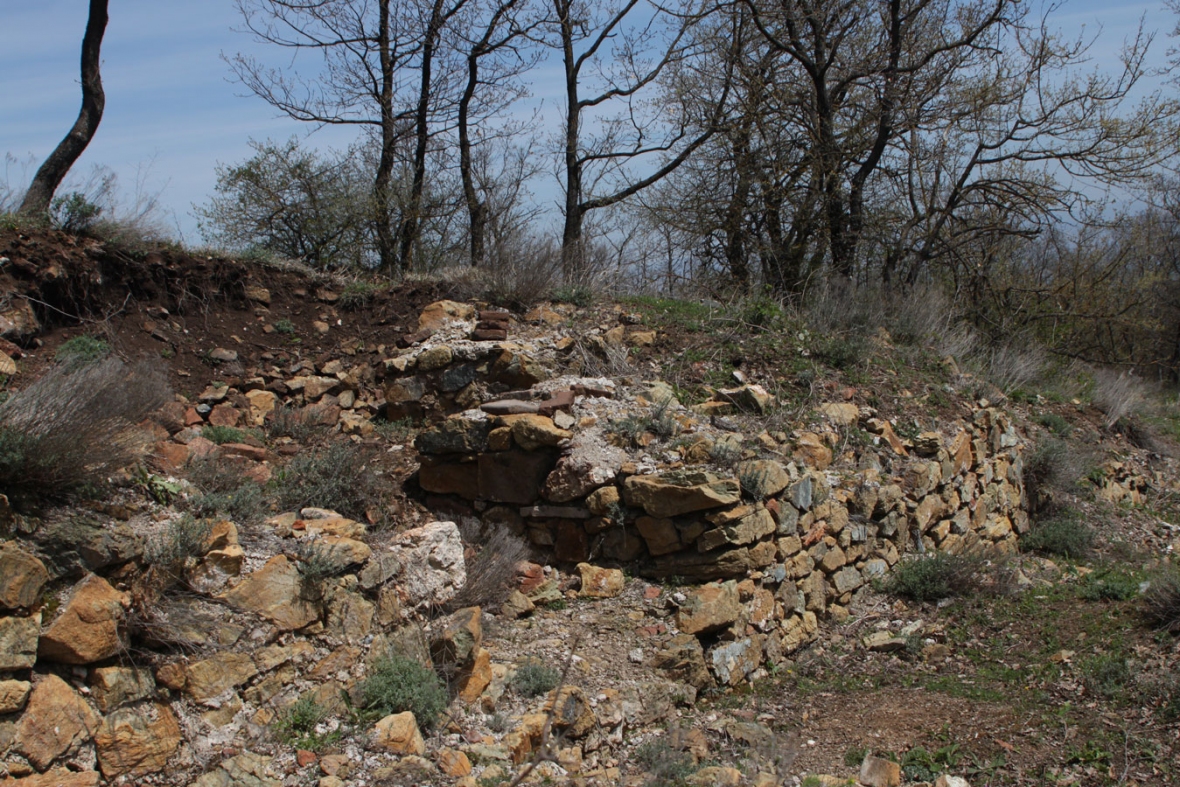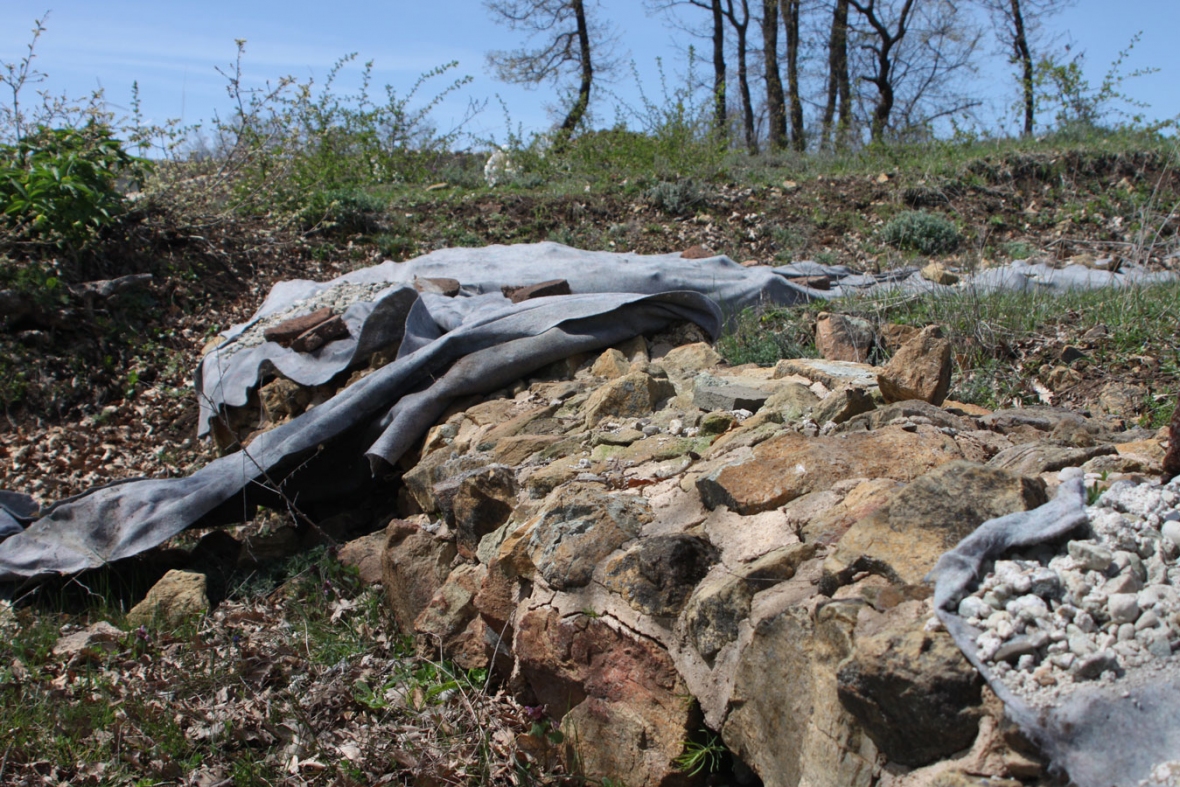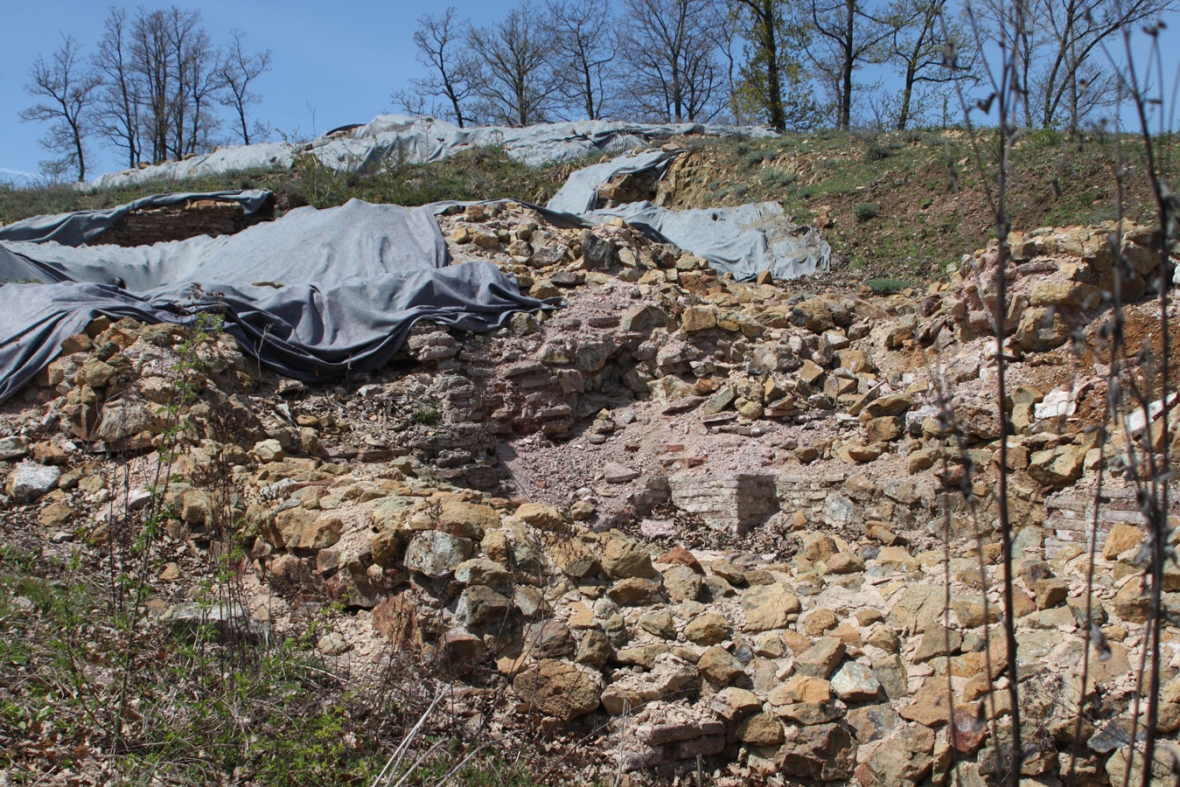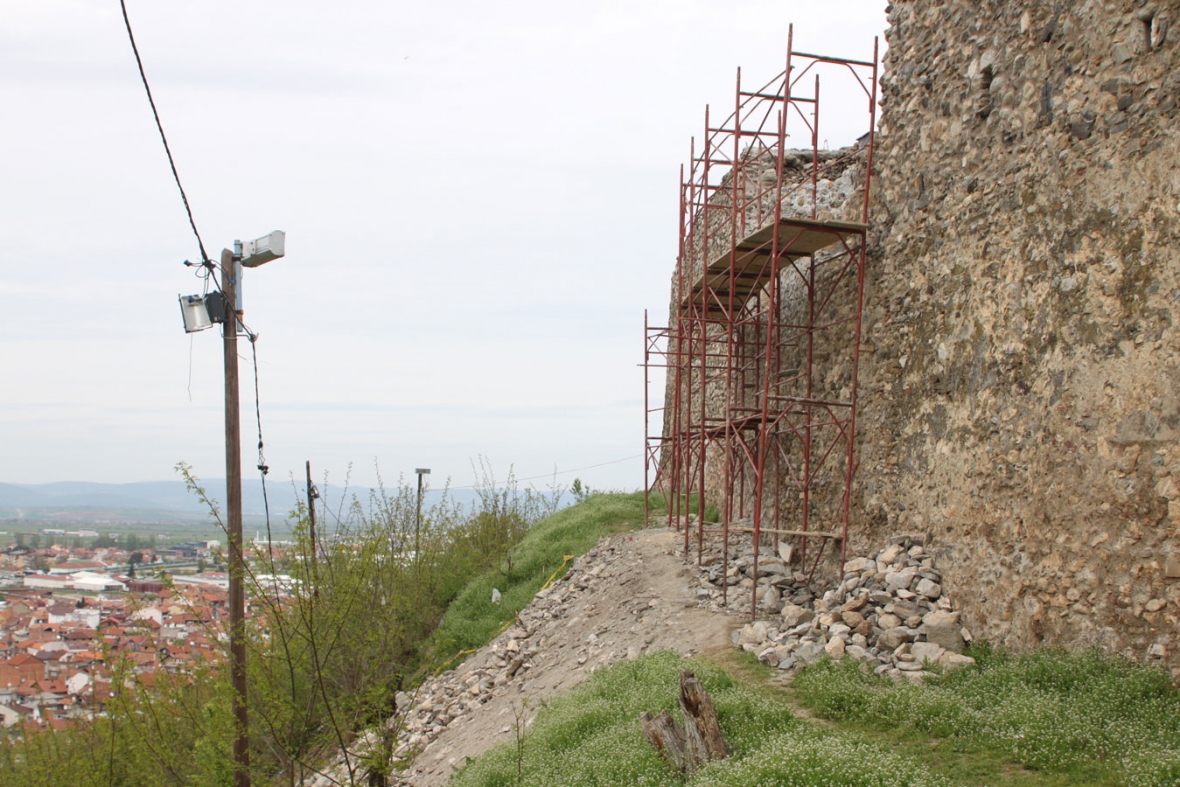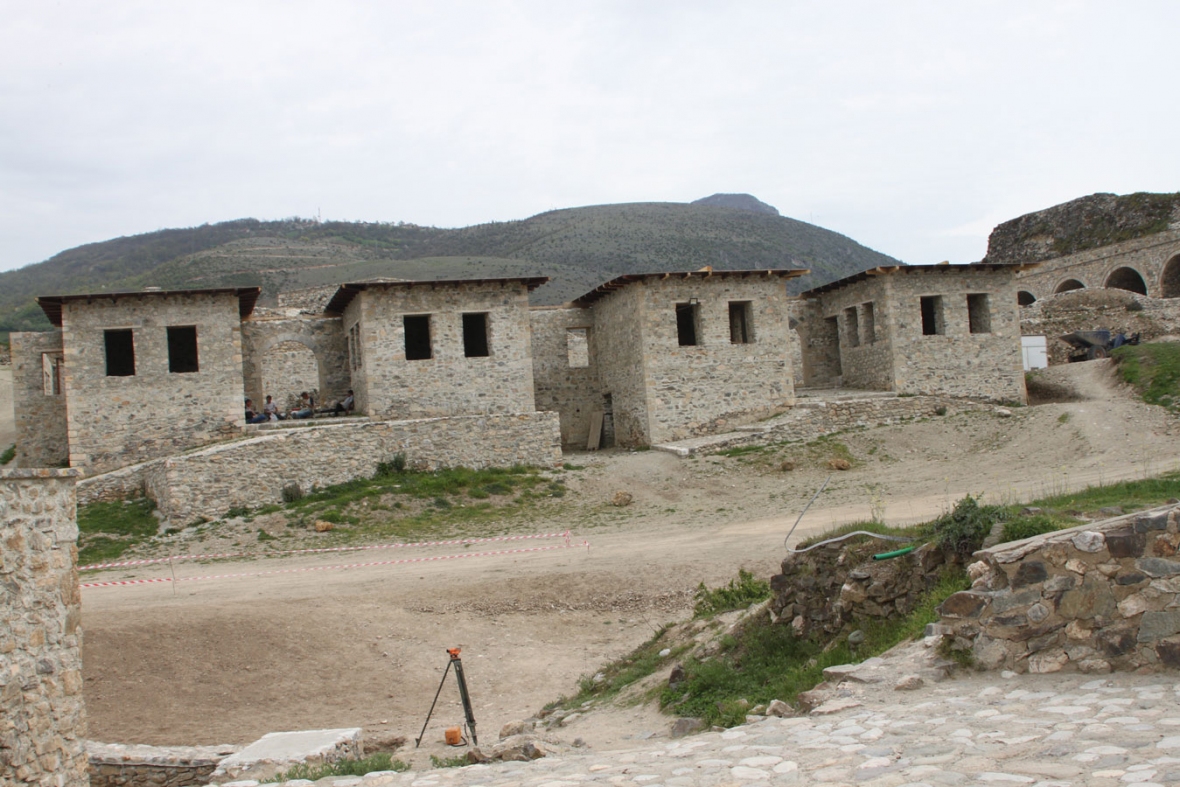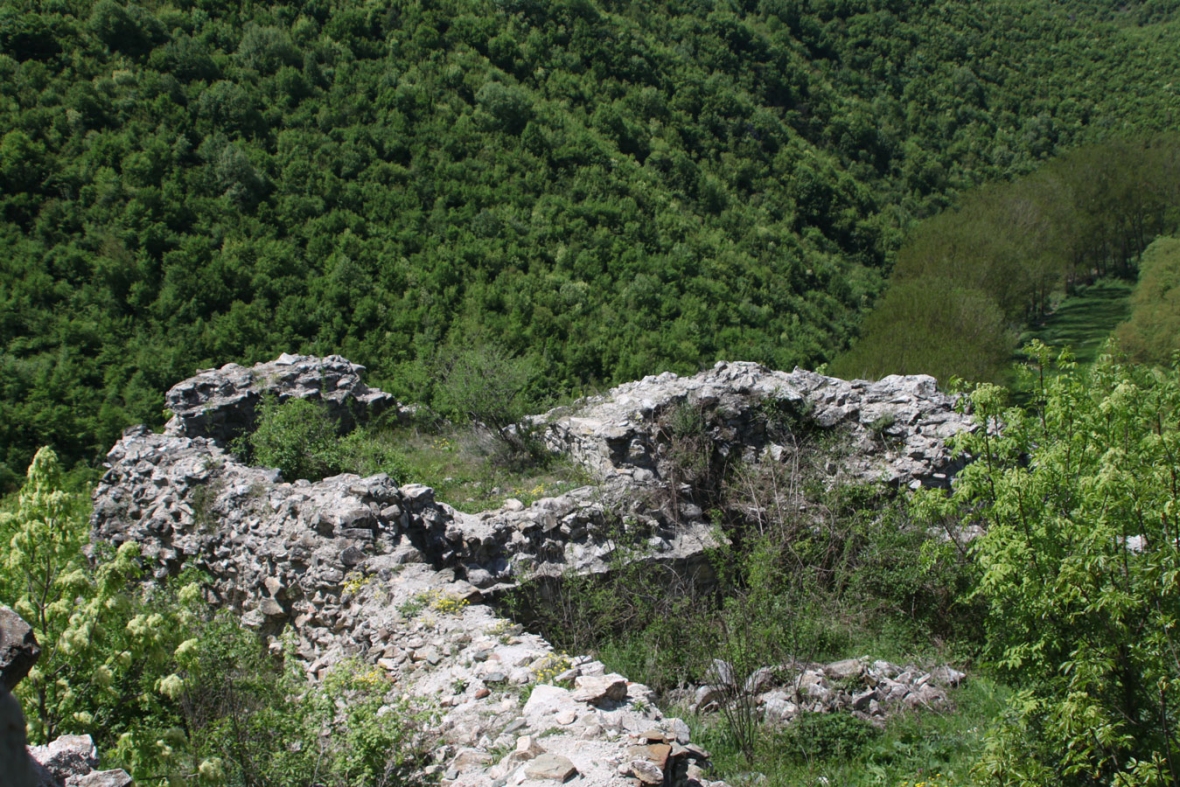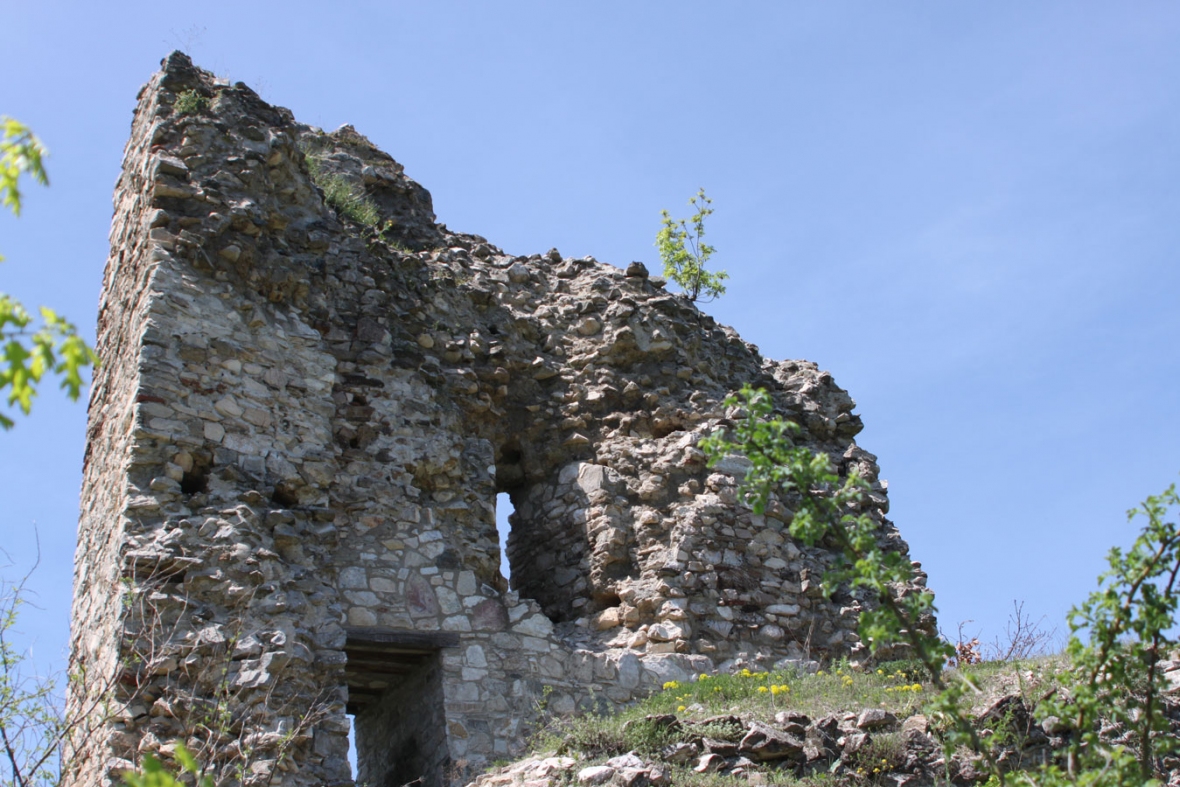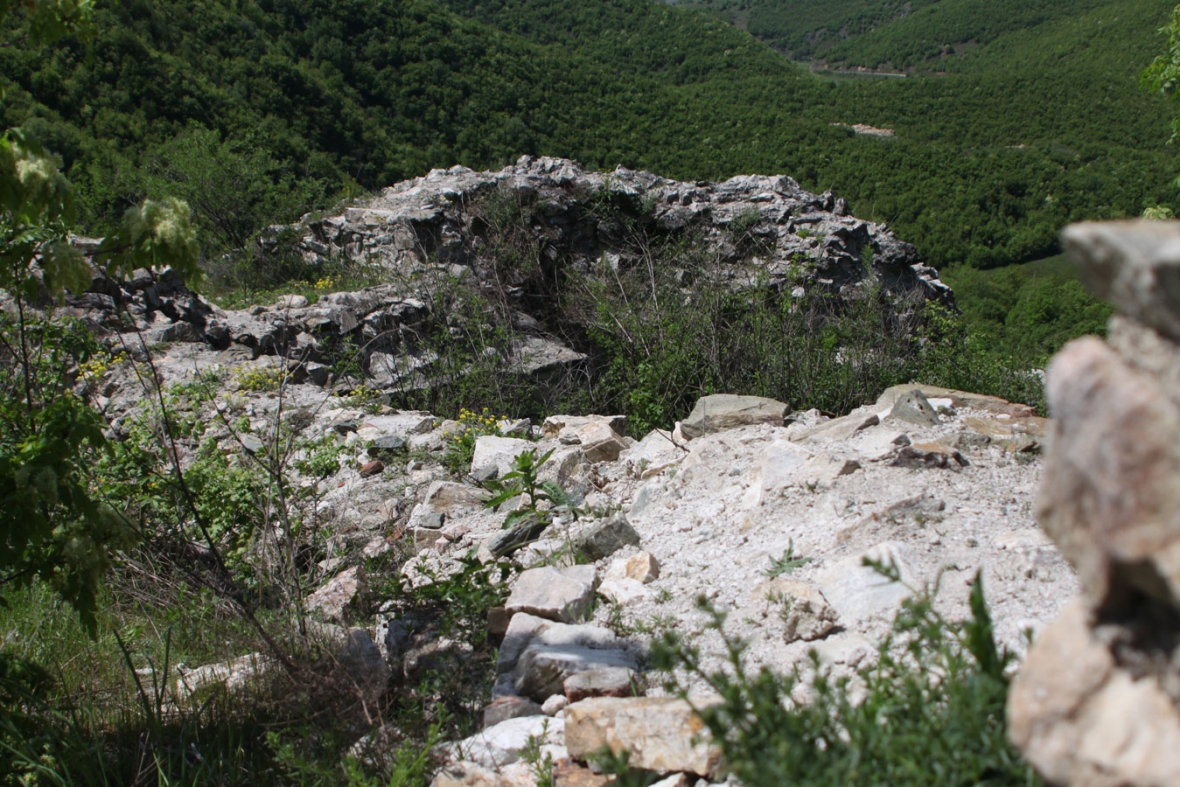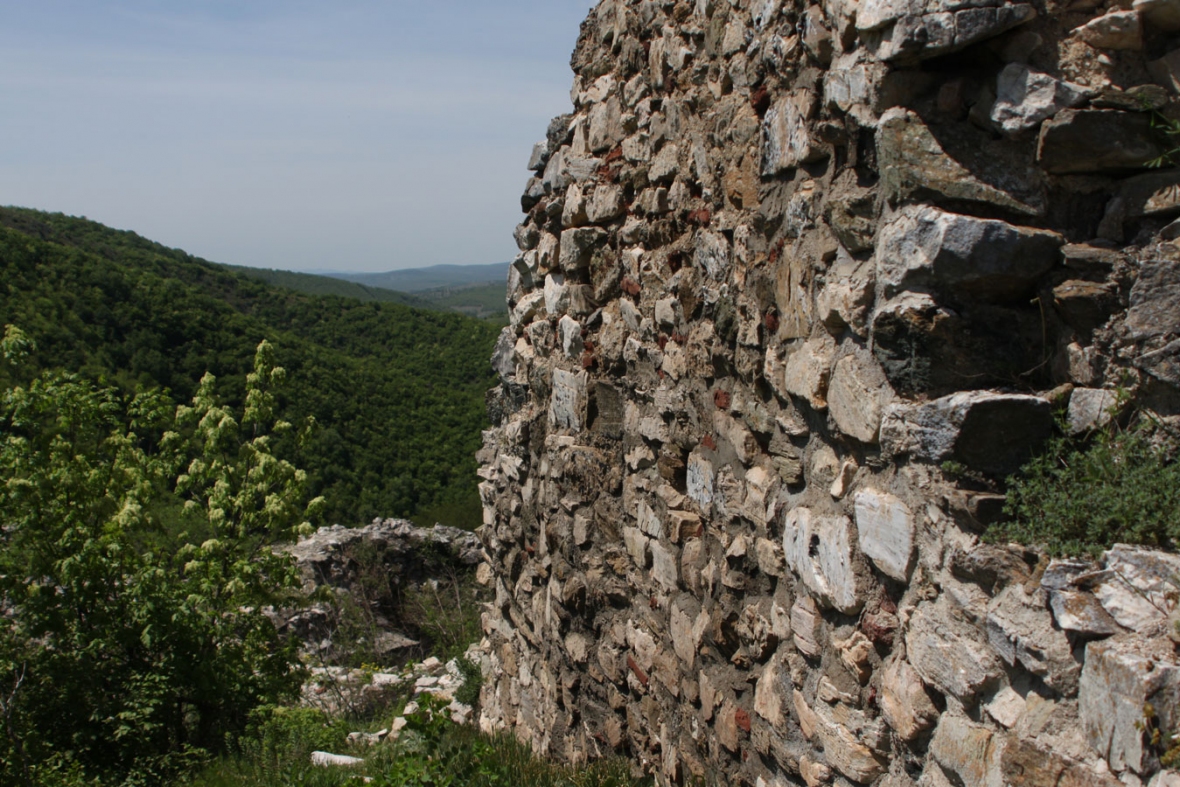Prishtinë, 14 July 2015
One of the most sensitive and significant areas that outline the identity of a nation - cultural heritage - for a long time now has been left in the hands of construction companies in Kosovo. Wherever they have worked, they left behind incredible damages to cultural heritage buildings that seemingly, even other investments would not be able to bring back the intrinsic values of these buildings.
The most brutal intervention took place in the Grand Hamam of Pristina and in the Fortress of Harilaq in Fushë Kosovë. After an enormous investment that was put into these buildings, what you can see today is the transfiguration they endured. Preportr focused on five cultural heritage buildings and sites: the Fortresses of Prizren, Pogragjë, Harilaq, the Grand Hamam of Pristina, and the Hamam of Gazi Mehmet Pasha në Prizren, where damages caused to these sites are evident. The Fortress of Harilaq is torn apart - with demolished walls and stones painted with cement scattered around - as if it was hit by an earthquake. The situation is not much better in the fortresses of Prizren and Pogragjë, where there are demolished walls due to the application of the same methods of work in all those sites. In addition, the two Hamams have almost no authenticity left in them, and no feeling of antiquity whatsoever.
Five to six years after the termination of work in these sites, the Ministry of Culture was forced to intervene once again in some of them, whereas the works in the Hamam of Pristina were stopped in search of an answer as to what should be done further with this project.
These sites were damaged due to the fact that restoration bids were granted to unprofessional companies, which considered restoration and conservation as an ordinary construction process and a good profit opportunity. They failed to realize the important responsibilities that come with restoration work. Even more scandalous is the fact that companies that were contracted were not at all licensed for restoration and conservation work. Taking into account that these companies were not professional in this field of work, except for the area of construction, they used ordinary cement in their work. This oversight caused the most severe damage to fortresses and other cultural heritage sites.
Preportr contacted experts who are experienced in the field of restoration and conservation and they said the work was completely unprofessional, as is the case of using cement in the process of restoration and conservation. Cement only absorbs water and does not disperse it, and also is not resistant to low temperatures. They say that instead of cement, a special lime should be used - the one that absorbs and disperses water.
No professional criteria
The research of Preportr as well as all other documents that were provided brings us to conclusion that the intervention in cultural heritage buildings and sites was either made with no genuine project outline (The Fortress of Harilaq), or there were deviations in the course of the project (The Grand Hamam of Pristina).
The documents also show that the monitoring of projects, especially those that were run by construction companies, was not at the required level. Moreover, there were clashes between companies and experts (especially archeologists and architects) related to the works that were being conducted without respecting the criteria in terms of the approach towards cultural heritage. This went so far as using inadequate material and equipment such as cement when it comes to materials, and an excavator when it comes to equipment.
Six years after the intervention, there is still no answer as to whose interest it was, or why this negligence of basic criteria and this damage took place. Not only in the buildings, but also in terms of these finances this occurred. However, voices and suspicions are many, taking into consideration that all damages, especially the ones in the Hamam of Pristina, were done mainly for financial profits.
No one knows so far who took the decision to open the call for bids for the restoration of cultural heritage buildings and sites, bearing in mind that this is a specific field requiring particular expertise. The fact that there is no company in Kosovo fulfilling the criteria makes this especially puzzling. The bids were granted to construction companies, while the main criterion was the low price, and not professional experience in the area of this specific work. Such an action was illegal. The Law on Cultural Heritage sets out that conservation and restoration works related to cultural heritage are to be done by a competent institution, and by legal and physical entities licensed by the Ministry. The Ministry of Culture still did not meet the legal obligation to license companies and archeologists, including other staff that deals with cultural heritage specifically. The Law on Cultural Heritage is in the phase of modification and it still has not reached the Assembly.
The director of the Institute for the Protection of Cultural Monuments, Alban Bakija gives yet another dimension to the interventions made in cultural heritage buildings. He believes that the way in which investments are made in cultural heritage has a political connotation; a political orientation.
“I think it was a tendency of politics to prove something, which they thought best through the memory we have for the past, an ancient past which is archeological heritage. I believe the best would have been if they had not touched it at all, and we would have preserved it for the generations to come,” he said.
The Fortress of Rozafati!
The Fortress of Harilaq is not the size of the Fortress of Rozafati – it is much smaller. But it turns out to be as problematic as the legend of Rozafati. The works are never-ending. Almost every work that has been done needs to be done once again. The Preportr team paid a visit to this fortress during the spring. The appearance was rather ugly. The majority of buildings, though conserved, were covered with Geotextile, a material that keeps cultural heritage buildings from being damaged as a result of climate and the shrubs that cover them.
The Fortress of Harilaq is not the size of the Fortress of Rozafati – it is much smaller. But it turns out to be as problematic as the legend of Rozafati. The works are never-ending. Almost every work that has been done needs to be done once again. The Preportr team paid a visit to this fortress during the spring. The appearance was rather ugly. The majority of buildings, though conserved, were covered with Geotextile, a material that keeps cultural heritage buildings from being damaged as a result of climate and the shrubs that cover them.
Under this material the centuries old fortress, - and according to some professionals of the field - the fortress with incomparable values was “lingering”, the only one of the kind in the whole of Southeastern Europe. Many parts of it were lying on the ground, while stones were scattered all around.

